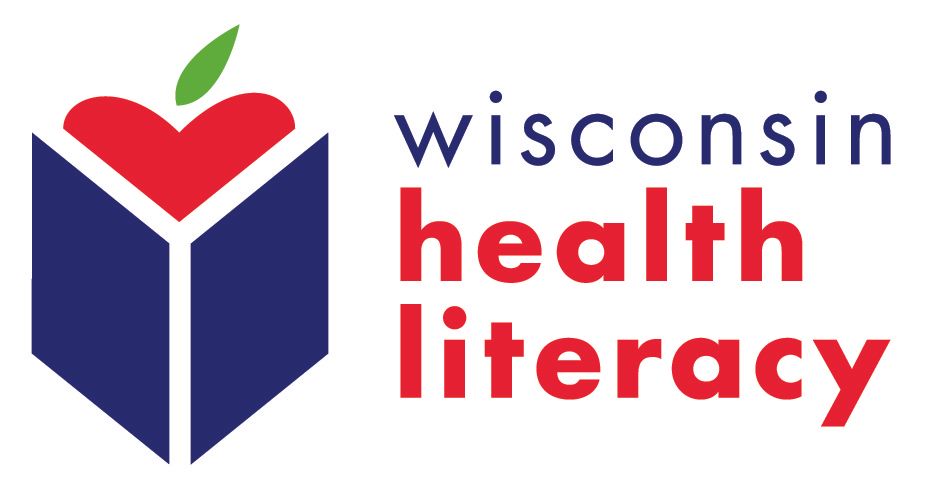Volunteer Retention
Understand why your volunteers donate their time to your organization, and focus on those reasons to show your appreciation.
What do your individual volunteers value most for their volunteering experience? For example:
- Seeing the impact of their work within the agency.
- Structured volunteer positions and hands-on supervision.
- Ability to use personal expertise and experience to serve the agency.
- Appreciation events or tokens.
- Public recognition.
- Initial training and continued professional development opportunities.
- Letter of recommendation and reference.
- Being part of a team.
- Welcoming atmosphere and positive relationships with staff and clients.
- Feedback and opportunities to grow.
- Learning a new skill or building experience.
How do we improve volunteer retention?
Show them you respect and appreciate their role within your organization.
Train and support your volunteers.
- Have a position description for each volunteer position.
- Require an initial training.
- Provide ongoing in-services and workshops.
- Celebrate accomplishments (helped learner prepare for citizenship test)
- Congratulate milestones (reached 100 volunteer hours).
- Give constructive feedback and opportunities to grow.
- Ask for their feedback to improve training and support
Introduce volunteers to all staff members.
Volunteers must feel connected to the organization, not only their learners.
Put volunteers to work right away.
Even if waiting for a learner, start tutor training right away. Ask if they’ll help with another project.
Consider a “just in time” tutor training.
Offer training in small chunks over a period of time to keep tutors engaged and connected. Present information in small chunks, so tutors process and remember it more easily.
Start with a 2-hour introduction to your agency, adult literacy basics and preparing for the first meeting.
Follow up with a series of workshops on specific materials and instructional strategies.
Ask volunteers what they want from their volunteer experience.
- What do they want to do as volunteers?
- What skills and experience do they want to use?
- What do they want to learn?
- How do they want to be recognized?
Offer volunteers a “time out,” if needed.
Ask volunteers for feedback when planning programs.
Ask volunteers why they leave your organization.
Use feedback to improve your volunteer program
Go to Volunteer Supervision for an exit survey example.
Common reasons volunteers leave:
- Time commitment was more than expected.
- Not enough training and/or ongoing support.
- Didn’t feel connected to the agency or staff.
- Volunteer experience was different than expected.
- Assigned work felt meaningless.
- Took too long to be assigned a project or matched with a learner.
- Felt ineffective as as volunteers – didn’t know if they were making a difference.
How do we provide ongoing volunteers?
Just in Time (JIT) training comes from the JIT industrial theory – proper resources are available at the appropriate time.
Following JIT theory:
- Agencies offer a short introductory training that covers what a volunteer needs to know for a confident and successful start. Often, this is an in-person group session.
- After volunteers start volunteering, agencies offer a series of topic-based follow-up training sessions. These can be in-person group sessions, online trainings that volunteers complete independently, or a combination of both (blended model).
Regular training and development opportunities improve the quality of programming and help volunteers feel like they are an integral part of the organization. Making sure volunteers feel prepared, supported and connected to your organization will improve retention.
ProLiteracy’s Online Basic/ESL Tutor Trainings offer a great base for this blended JIT training model.
What educational resources should I recommend to tutors?
Recommend materials that target individual learners’ goals and needs. It might not work to require that all ABE tutors or all ELL tutors use 1 specific text. Have a list of recommended materials, and choose appropriate options based on a learner’s assessment and intake information.
Use a variety of materials. For example, your ELL pairs might work through Ventures. What workbooks, texts, realia (authentic materials such as grocery store fliers, bills, handouts from a child’s school, etc) can you add to make lessons more engaging and effective?
Check with your RLC for specific, up-to-date titles.

